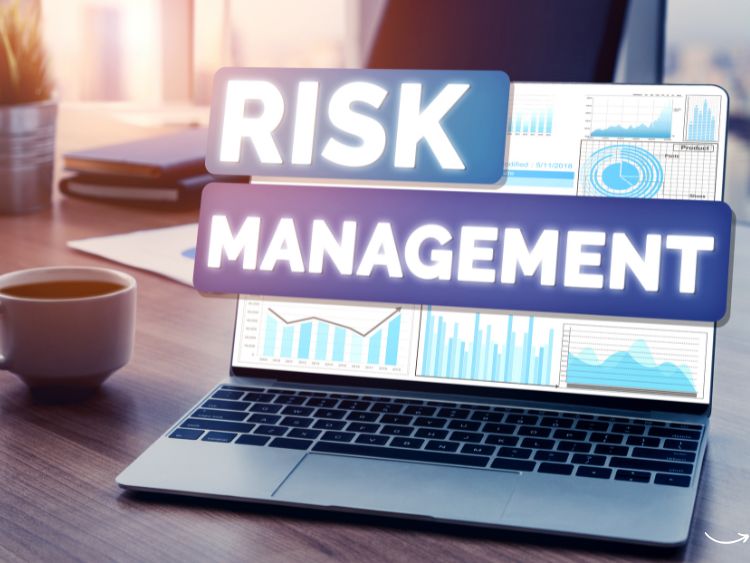In the rapidly evolving world of biotechnology, managing risks is not just a necessity; it’s an art. Celgene, a heavyweight in the biopharmaceutical arena, stands as a prime example of how proactive risk management can drive innovation while safeguarding a company’s assets and its stakeholders’ interests. This article delves into the intricacies of Celgene’s risk management strategies, highlighting how they adeptly handle potential pitfalls in biotechnology.
What is Risk Management in Biotechnology?
Risk management in biotechnology involves identifying, assessing, and prioritizing potential risks to minimize, monitor, and control the probability or impact of unfortunate events. For a company like Celgene, these risks could range from clinical trial failures and regulatory hurdles to patent expiries and market competition.
Celgene’s Approach to Risk Management
Celgene’s risk management strategy is robust, sophisticated, and tailored to meet the unique challenges of the biotech sector. Here’s a closer look at how they manage risks:
Strategic Alliances and Partnerships
- Collaborative Research: Celgene often partners with smaller biotech firms, research institutions, and universities to fuel innovation. This not only spreads the financial risk but also enhances their R&D pipeline with fresh, innovative ideas.
- Licensing Deals: They secure licensing deals for more advanced compounds, which helps in diversifying their portfolio and reducing the dependency on any single product.
Intellectual Property Management
- Patent Strategy: Celgene actively manages a comprehensive patent portfolio. They not only patent their innovations but also keep a vigilant eye on potential infringements, which protects their products from competitors.
- Exclusivity: By leveraging regulatory exclusivities, Celgene extends the commercial life of their products. This includes data exclusivity, orphan drug exclusivity, and pediatric extensions.
Regulatory Compliance
- Global Standards: Celgene ensures compliance with global regulatory standards, which minimizes legal risks and fortifies their market position.
- Proactive Engagement: They engage with regulatory bodies early in the drug development process to ensure all potential hurdles are addressed well in advance.
Financial Risk Management
- Diverse Portfolio: Celgene maintains a diverse portfolio of products in various stages of development, which mitigates the risk if one or more products fail in clinical trials.
- Insurance: They have comprehensive insurance policies that cover a range of risks from product liability to business interruption.
Human Resource Strategy
- Talent Acquisition: Celgene attracts top talent in the industry, ensuring a knowledgeable and innovative workforce.
- Continuous Training: Ongoing training programs keep the staff updated on the latest technologies and industry practices, which in turn, enhances productivity and mitigates operational risks.
Key Challenges in Celgene’s Risk Management
Navigating the biotech landscape comes with its set of challenges. Here are some of the key risks Celgene faces:
- Innovation Risk: The pressure to continuously develop breakthrough therapies is immense.
- Regulatory Risk: Navigating complex, ever-changing global regulations requires constant vigilance.
- Market Competition: The biotech field is highly competitive, with new players constantly emerging.
- Economic Uncertainties: Global economic shifts can impact funding, pricing, and profitability.
Implementing Risk Management in Your Biotech Venture
If you’re looking to implement effective risk management in your biotech business, consider these steps:
- Risk Identification: Regularly identify and assess risks associated with your business activities.
- Risk Analysis: Analyze the potential impact and likelihood of identified risks.
- Risk Control: Implement strategies to mitigate identified risks.
- Monitoring and Review: Continuously monitor the risk environment and review strategies to adapt to changes.
FAQs on Celgene Risk Management
- What makes Celgene’s approach to risk management stand out? Celgene’s comprehensive strategy that includes strategic alliances, robust IP management, and regulatory foresight sets them apart.
- How does Celgene handle regulatory risks? They engage with regulatory authorities early and continuously throughout the drug development and approval process.
- Can small biotech companies apply Celgene’s risk management strategies? Absolutely! While scale might differ, the principles of comprehensive risk assessment and proactive management can universally apply.
Conclusion
Celgene’s risk management practices exemplify a dynamic and strategic approach necessary in the volatile biotech industry. By understanding and implementing these principles, other companies can navigate their own paths through the complexities of biotechnology with greater confidence and strategic foresight.
This deep dive into Celgene’s risk management not only highlights their commitment to safety and innovation but also serves as a blueprint for others aiming for success in this high-stakes industry. Whether you’re a startup or an established player, embracing these strategies can lead to sustained growth and resilience.



